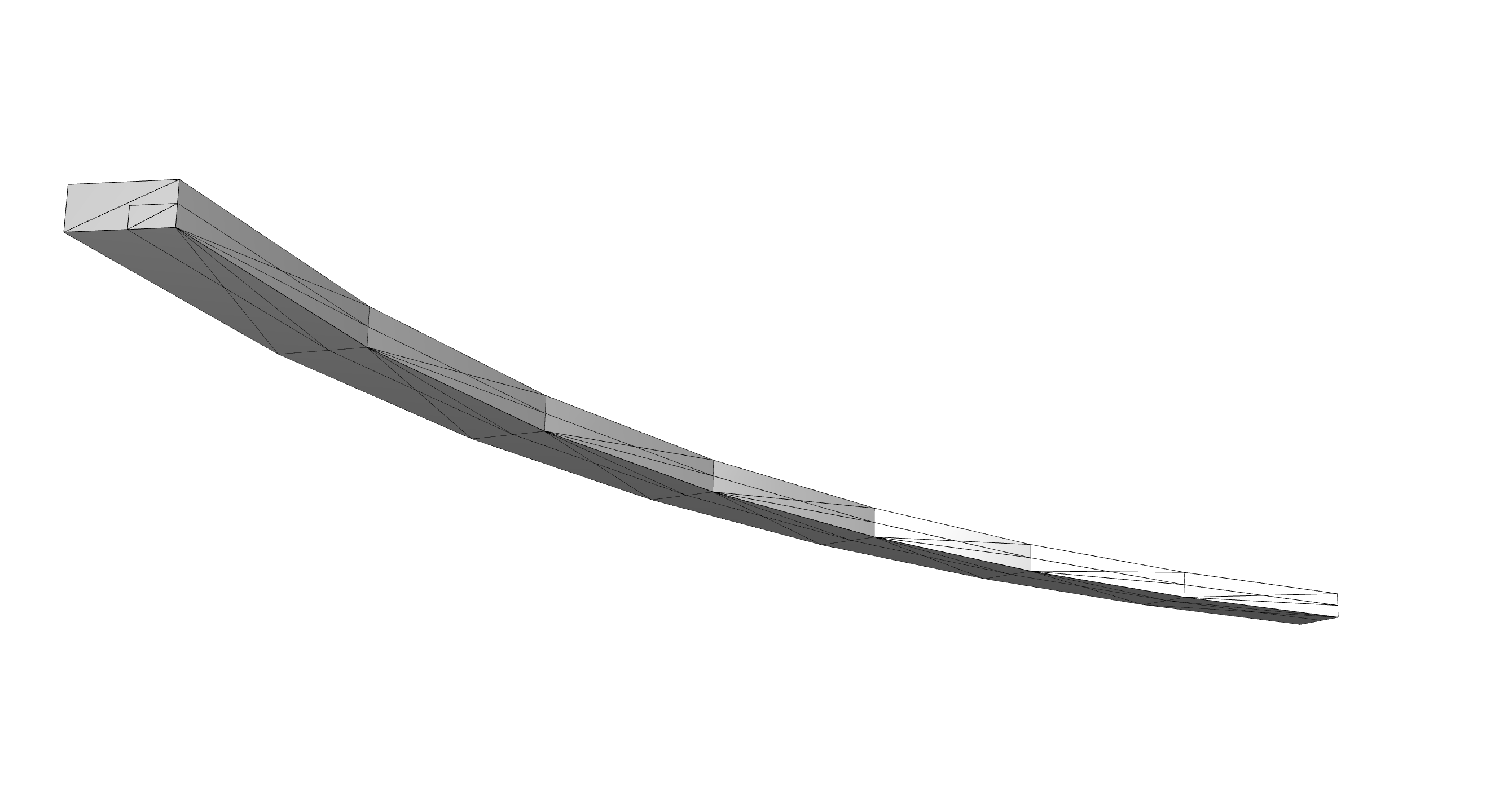Hello and welcome here @jonmendenhall
You meshes are perfectly generated and there is nothing wrong from it. You issue seems to come from a common issue with most mesh boolean operations: The algorithm doesn't know which face to keep/remove when there is overlaping faces between the solids (this is because mathematically, both are interior and exterior at the same time, so there is an ambiguity) The current madcad algorithm doesn't fix that ambiguity yet (I have to work it one day :sweat_smile: ) You attempt to do the same kind of operation on bricks might have worked by chance.
So, the only short term solution is to intrudice a little gap between the overlapping faces to make the faces not overlapping anymore. An very smal translation is sufficient in your case:
import madcad as mc
body = mc.read('meshes/body.stl')
body = mc.segmentation(body.finish()) # this is reworking the stl imported content because stl files only provide disconnected triangles, and boolean operations work on connected ones
cut = mc.read('meshes/cut.stl')
cut = mc.segmentation(cut.finish())
r = mc.difference(
body,
cut.transform(0.001*vec3(1,-1,-1)), # ugly translation trick
)And I get what I think is your expected result:

Let me know it it works for you !
Just as a little piece of advice:
- your
extrude_volumecan rely on the ability ofmadcad.extrusionto work with surfaces directly. If I correctly understood its purposeextrusion(vec, flatsurface(outline, bottom_normal)) - In order to create you left and right segments, you can directly create a
Wireoutline = wire(lefts) + wire(rights).flip()) # eventually convert it to Web outline = web(wire(lefts) + wire(rights).flip()))
I was playing around with this for some CAD modelling in python and seem to have hit a problem with boolean operations on certain shapes.
Following a process similar to what I would do in Inventor, I generated a mesh to be the main part, and a smaller mesh that will be cut from it. The smaller mesh shares many faces with the larger one though so I think that might be causing some issues.
The shape is meant to be a rail with a slot cut out in the bottom right of the profile:
Any boolean operations with both of these shapes fails with the following error message:
madcad.triangulation.TriangulationError: ('no more feasible triangles (algorithm failure or bad input outline)', [16, 17, 15])I've tried the same idea with two bricks in the same configuration (larger one, and smaller one in bottom right touching same faces cutout) and it works fine so I'm not sure what's wrong with these meshes for them to be the problem (if they are).
I've included the meshes as .stl files in this zip so the meshes can be checked for errors (
bodyis the larger one, andcutis the one intended to be subtracted)meshes.zip
Any help would be appreciated!
If it is of any value, I construct the meshes by the following steps:
mergeclose(unnecessary?)